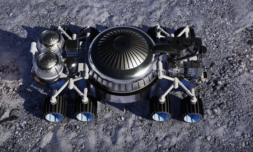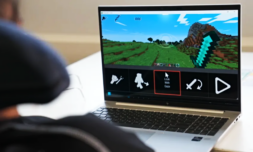A ‘cyber seed’ capable of growing manmade structures has been developed by researchers, though it will be some years before we’re using them.
Want to hear the most farfetched, yet scientifically feasible story ever?
Researchers have managed to create a ‘cyber seed’ composed of hundreds of pieces of digitally encoded information, which will algorithmically grow into any pre-set design. Granted, it sounds mental, but the science is solid.
Mysteriously developed by inventors at the Queen’s University Belfast, Loughborough University, and the University of York, these seeds will begin with a single cell in a CAD (computer aided design) program.
At the point it’s activated, the seed will grow much like a stem on a plant. What initially could be a 10cm square of material can, in theory, grow into a full-sized exterior for an airship. Sophisticated as it sounds, it’s not as simple as throwing a pop-up tent, mind.
With these seeds, single cells will grow and multiply until they reach a particular size, at which point a computer algorithm will activate a new behaviour. All the while running parameters on weight, height, colour, and density, the scale grows while the structure becomes more defined in shape and function.
The first-ever manufacturing 'cyber seed', which grows just like a plant, is set to be brought to life.
The cyber seed will allow new products, ranging from aircraft parts to medical devices, to be generated anywhere in the world at the tap of a button.@QUBMAE | @EPSRC
— Queen's University Belfast 🎓 (@QUBelfast) June 24, 2021
‘The seed generates cells which divide and copy to build up very complex shapes but they only become viable when they meet certain conditions,’ says professor Mark Price.
Think of everyday computer programs that develop fractals from sets of coding rules. In a way, cyber seeds are a physical manifestation of that same system. You could say it’s the final stage in the evolution of 3D printing.




















